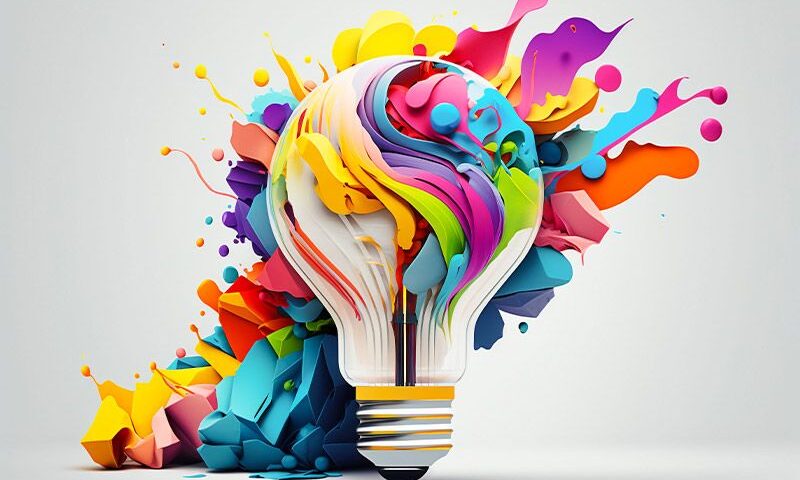The Art and Science of Graphic Design

best dividend stocks for passive income
February 2, 2024
The Art and Science of Web Design
May 21, 2024The Art and Science of Graphic Design
Thank you for reading this post, don't forget to subscribe!Graphic design is an ever-evolving field that combines creativity with technology to communicate ideas through visual content. From the vibrant posters on city streets to the sleek interfaces of mobile apps, graphic design permeates every aspect of our visual culture. This blog explores the history, principles, tools, and future trends in graphic design, offering insights for aspiring designers and enthusiasts alike.
A Brief History of Graphic Design
The roots of graphic design can be traced back to ancient civilizations where visual storytelling played a crucial role. Early forms of graphic design include Egyptian hieroglyphs, Chinese calligraphy, and the illuminated manuscripts of the Middle Ages. However, the term “graphic design” was first coined in the 1920s by William Addison Dwiggins, an American book designer.
The 20th century saw significant developments in graphic design, influenced by movements such as Bauhaus, Art Deco, and Modernism. The invention of the printing press by Johannes Gutenberg in the 15th century and later advancements in digital technology revolutionized the field, making graphic design more accessible and versatile.
Principles of Graphic Design
Effective graphic design is underpinned by several key principles:
- Balance: Achieving visual equilibrium through the arrangement of elements. Balance can be symmetrical or asymmetrical, but it must provide a sense of stability.
- Contrast: Using differences in color, shape, size, and typography to draw attention and create visual interest. Contrast helps to highlight key areas and improve readability.
- Emphasis: Directing the viewer’s focus to the most important part of the design. This is often achieved through contrast, size, and placement.
- Unity: Ensuring all elements of a design work together harmoniously. Unity creates a cohesive and aesthetically pleasing composition.
- Rhythm: Creating a sense of movement through the repetition of elements. Rhythm can guide the viewer’s eye through the design in a deliberate way.
- Proportion: The relationship between the sizes of different elements in a design. Proper proportion ensures that each element has the right amount of emphasis.
Essential Tools for Graphic Designers
Modern graphic designers rely on a variety of tools to bring their visions to life. These include:
- Adobe Creative Suite: Programs like Photoshop, Illustrator, and InDesign are industry standards for photo editing, vector graphics, and layout design, respectively.
- Sketch: A digital design tool focused on user interface and user experience (UI/UX) design, popular among web and app designers.
- Figma: A collaborative interface design tool that allows multiple designers to work on a project simultaneously.
- Canva: An accessible, web-based design tool that offers templates and a user-friendly interface, ideal for beginners and quick projects.
- Procreate: An illustration app for iPad that is favored by digital artists for its versatility and powerful brush engine.
The Role of Typography
Typography is a crucial element of graphic design, involving the art of arranging type to make written language legible, readable, and visually appealing. Good typography enhances the message of a design and sets the tone for the content. Key aspects of typography include font selection, size, spacing, and alignment.
Future Trends in Graphic Design
As technology continues to advance, graphic design is poised for exciting innovations. Here are some trends to watch:
- Augmented Reality (AR) and Virtual Reality (VR): These technologies are opening new frontiers for immersive design experiences, particularly in advertising and interactive media.
- Sustainable Design: With growing awareness of environmental issues, designers are focusing on sustainability, using eco-friendly materials and promoting green practices.
- Minimalism: The principle of “less is more” continues to dominate, with designs emphasizing simplicity, clean lines, and ample white space.
- Variable Fonts: This technology allows for more flexible typography that can adapt to different screen sizes and user preferences.
- Artificial Intelligence (AI): AI tools are increasingly being used to automate repetitive tasks, generate design ideas, and personalize user experiences.
Conclusion
Graphic design is a dynamic field that blends artistic expression with technical precision. Whether creating a brand identity, designing a website, or crafting an advertisement, graphic designers play a pivotal role in shaping how we perceive and interact with the world. As we move into the future, the integration of new technologies and a continued emphasis on creativity and sustainability will undoubtedly push the boundaries of what is possible in graphic design. For those with a passion for visual communication, the journey into the world of graphic design promises to be both challenging and rewarding.
For more information: www.ecbinternational.com


